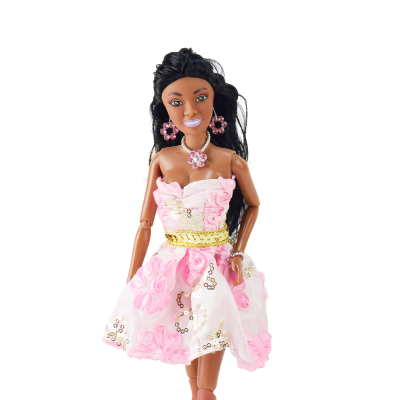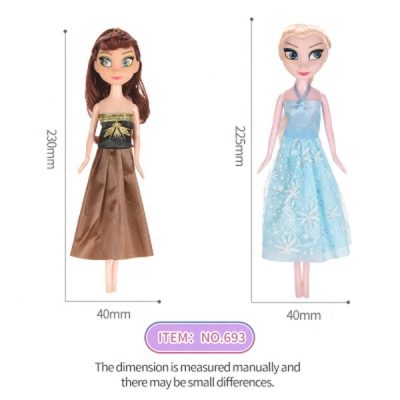The Barbie doll has had a profound cultural influence since her introduction in 1959. She is more than just a toy; she represents a cultural icon that has impacted various aspects of society, including fashion, entertainment, gender roles, and even discussions about body image. Here are some key ways in which Barbie has influenced culture:
- Fashion Trends: Barbie has been a fashion trendsetter for decades. Her extensive and ever-evolving wardrobe has reflected the fashion styles of each era, making her a reference point for the latest clothing and accessory trends. Many designers have drawn inspiration from Barbie’s looks, and her influence can be seen in both high fashion and everyday clothing.
- Entertainment and Media: Barbie has appeared in numerous movies, TV shows, and video games. These media adaptations have expanded her influence beyond the toy aisle, turning her into a beloved character in popular culture. Barbie’s presence in entertainment has helped shape narratives related to friendship, empowerment, and adventure.
- Gender and Empowerment: Barbie has taken on various careers and roles, breaking gender stereotypes and encouraging girls to dream big. She has been an astronaut, doctor, pilot, businesswoman, and more, inspiring generations of girls to explore diverse career paths and envision themselves as leaders in various fields.
- Diversity and Inclusivity: In response to calls for greater inclusivity, Barbie has diversified her range of dolls. Mattel introduced dolls with different ethnicities, body types, skin tones, and abilities, reflecting a more diverse and inclusive representation of beauty and diversity. This effort has contributed to broader discussions about representation and acceptance.
- Body Image Conversations: Barbie has been a focal point in discussions about body image and beauty standards. Her original design featured exaggerated proportions, which some critics argue contributed to unrealistic beauty ideals. However, Mattel’s efforts to diversify Barbie’s body types and promote body positivity reflect changing cultural values and attitudes.
- Collecting and Nostalgia: Barbie doll collecting is a hobby enjoyed by enthusiasts around the world. Collectors seek out rare and vintage dolls, making Barbie an important part of nostalgia and memorabilia culture. Barbie’s impact on collecting has created a dedicated community of fans.
- Marketing and Branding: The Barbie brand is a powerhouse in marketing and branding. It has consistently adapted to changing consumer preferences and cultural values while maintaining its iconic status. Barbie’s brand partnerships and collaborations have extended her influence into various industries.
- Empowerment and Social Initiatives: Barbie has been used as a platform for social initiatives, such as promoting education, environmental awareness, and gender equality. These efforts highlight her role as a symbol of empowerment and positive change.
In conclusion, the Barbie doll’s cultural influence extends far beyond being a toy. She has left an indelible mark on fashion, entertainment, gender roles, body image discussions, and more. Barbie continues to evolve to stay relevant in a changing world, making her a dynamic cultural icon with a lasting legacy.



















